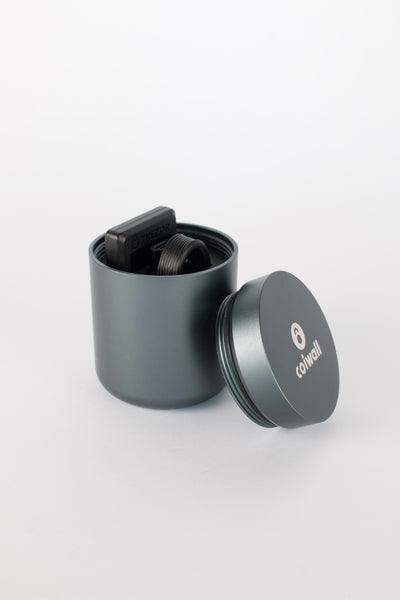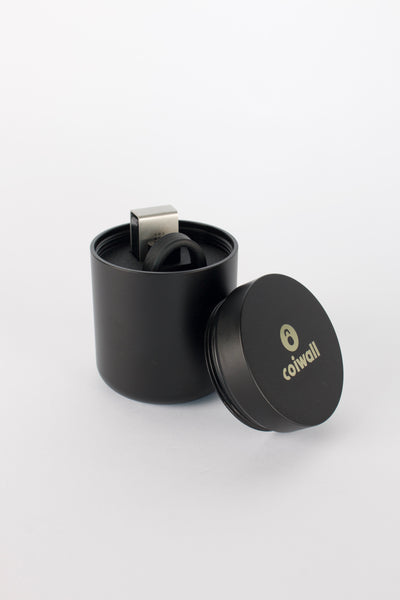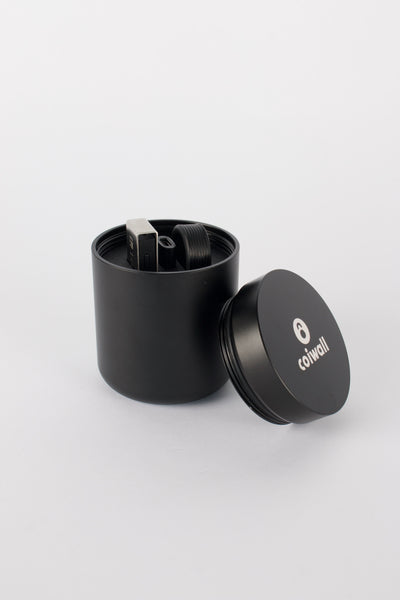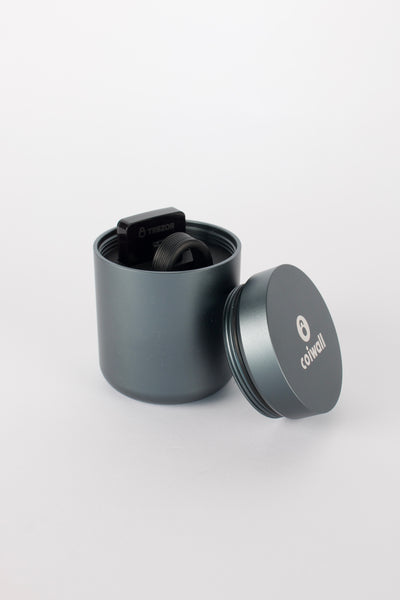If you’ve ever traded crypto, you’ve brushed shoulders—metaphorically, anyway—with a liquidity provider. They’re not exactly the rock stars of the trading world, but honestly, nothing moves without them. So, what makes these behind-the-scenes players so crucial? And hey, what’s in it for someone willing to be a liquidity provider (often called an ‘LP’)? Let’s pull back the curtain and take a look—no jargon overload, promise!
So, What Is a Liquidity Provider, Really?
Imagine you’re in a bustling farmer’s market. Buyers and sellers haggle over apples, oranges, and—why not—strange-looking pumpkins. The market’s happy, as long as there’s always someone looking to buy or sell. A liquidity provider is kind of like a vendor who’s always got enough apples and oranges to keep deals moving, no matter what. In crypto, LPs “lock up” their digital assets, making sure there’s plenty of each currency for folks looking to swap, sell, or buy.
But instead of baskets of fruit, they use pools—big, digital pots of cryptocurrencies that sit on platforms like Uniswap or PancakeSwap. When traders come calling, the pool provides assets instantly. No waiting for another random trader to answer your call. It’s so smooth, you almost forget someone’s working hard in the background. That’s the magic of liquidity providers.
Why Do People Become Liquidity Providers? Here’s the Thing…
You might wonder, who in their right mind would tie up their precious Bitcoin or Ethereum in a pool and just...leave it there? The answer is simple: trading fees. Each time someone uses that pool to trade, a small fee is split among all LPs. It’s like collecting a toll each time someone crosses your private bridge. No wonder so many are tempted to try it out.
Earn while you sleep? Well, kind of. But it’s not just free money. There’s a little more to it—let me explain deeper in a moment.
The Nitty-Gritty: How Does Providing Liquidity Work?
It’s easier than you’d think, and that’s no exaggeration. Most platforms let you connect your crypto wallet—Trezor and Ledger users, you’re probably familiar with this—and pick which tokens you want to supply. In return for locking your assets, the platform gives you “LP tokens” that represent your share. You earn a cut of the trading fees as long as your assets are staked in the pool.
Picture this: You’ve got some USDT and ETH sitting idle. Instead of letting them gather virtual dust, you put them in a pool. Next thing you know, traders swapping between ETH and USDT pay a small fee. That fee, in turn, trickles down to you and every other LP.
It almost sounds too easy, doesn’t it? But before you run off to lock up your life’s savings, there’s more you should know.
Risks? Oh Yeah, There Are a Few
- Impermanent Loss: It's one of those phrases that make your head spin. Basically, the value of your deposited tokens can change compared to just holding them, especially if prices swing wildly. Sometimes, you might lose out on earnings if one coin’s value shoots up or down fast while you’re providing liquidity.
- Smart Contract Risks: If a platform’s code gets hacked or breaks, your funds could vanish. This is why hardware wallets like Ledger or Trezor matter—they keep your private keys extra safe when interacting with DeFi contracts, even if they can’t protect you from poorly written smart contracts themselves.
- Platform Risk: Sometimes, new platforms offer enormous rewards to lure liquidity, but if they flop or get targeted by exploits, it’s the LPs who pay the price.
Seasonal Surges: Crypto’s Unpredictable “Rush Hours”
Just like shopping for strawberries in spring, liquidity in crypto can wax and wane with trends, big news, or even the time of year. Around Bitcoin halving events—or when the market’s in the throes of “altcoin season”—the allure of fee earnings can skyrocket. You’ll notice liquidity pools bulging with fresh assets as more folks chase yield. In quieter months, though, those juicy returns might dry up a bit, much like farmers waiting for rain.
Crypto LPs vs Traditional Market Makers—Not So Different?
Banks like Deutsche Bank have acted as liquidity anchors for decades in forex and securities markets. Instead of a digital pool, think vast cash reserves, ready to back up trades at any moment. Market makers in traditional finance literally make sure buy and sell orders are always filled. In crypto, the baton has passed—even regular traders can be LPs, thanks to decentralized platforms.
There’s almost a democratic twist here. No longer do you need millions in capital or a Wall Street suit—your smartphone and a bit of ETH will do.
Picking a Hardware Wallet? Here’s a Tip
If you’re serious about being an LP, you’ll want to keep those crypto keys on lockdown. Hardware wallets from Trezor or Ledger are the gold standard among seasoned providers. They keep your keys offline, away from phishing hackers or click-happy scammers. Even while your tokens earn in a pool, you’ll sleep better knowing your keys are secure. Just remember: always double-check what smart contracts you’re interacting with, no matter how safe your wallet is.
Let’s Recap: Is Becoming an LP Worth It?
Remember, being a liquidity provider isn’t a ticket to quick riches or a risk-free path. But if you’ve got spare crypto, some tech confidence, and nerves of steel (well, maybe just enough nerve to stomach a little volatility), putting your assets to work in a pool could be a smart play. You collect steady fees, help power the entire crypto economy, and—if you manage those risks—reap rewards idle holders can only dream about.
If you ever catch yourself staring at your Trezor or Ledger wallet, itching to do something more exciting than just holding, maybe it’s time to test the waters. Just be sure to check the fine print, keep those keys safe, and enjoy the unique rhythm of the crypto markets—liquidity providers, like patient farmers, know that timing and good habits make all the difference.
Ready to step up and become an LP? Maybe, maybe not. But one thing’s clear: the next time you trade instantly, think of the quiet MVPs making it all happen, right behind the curtain.











